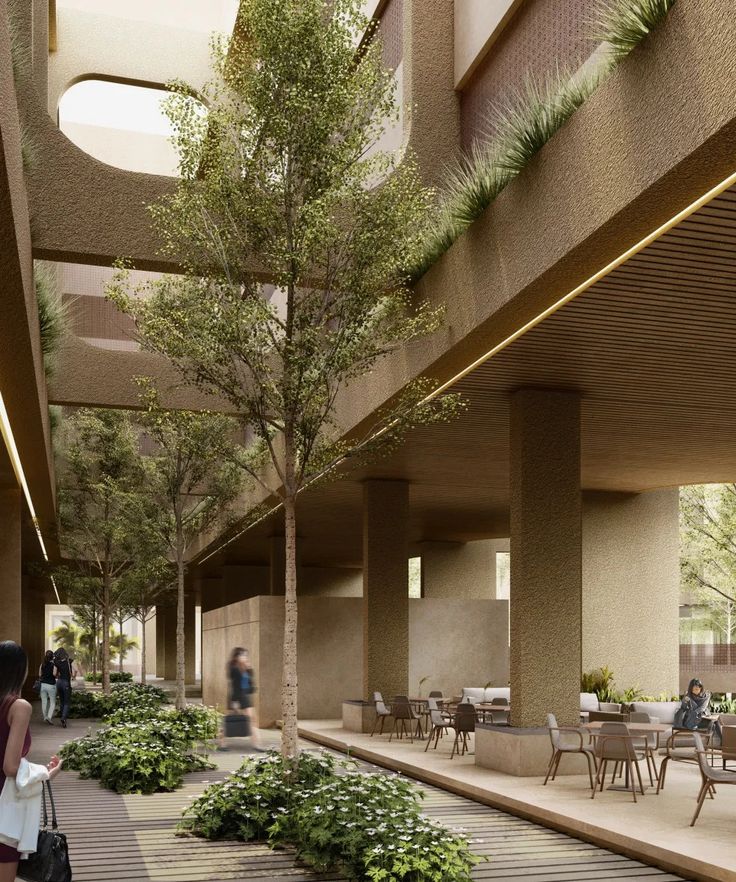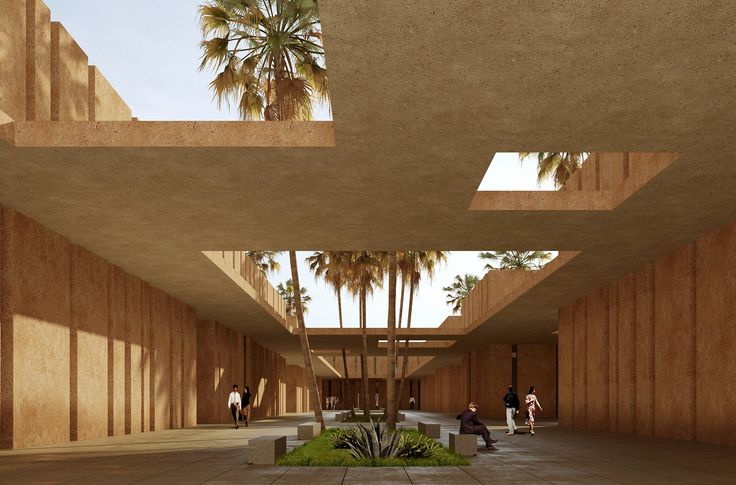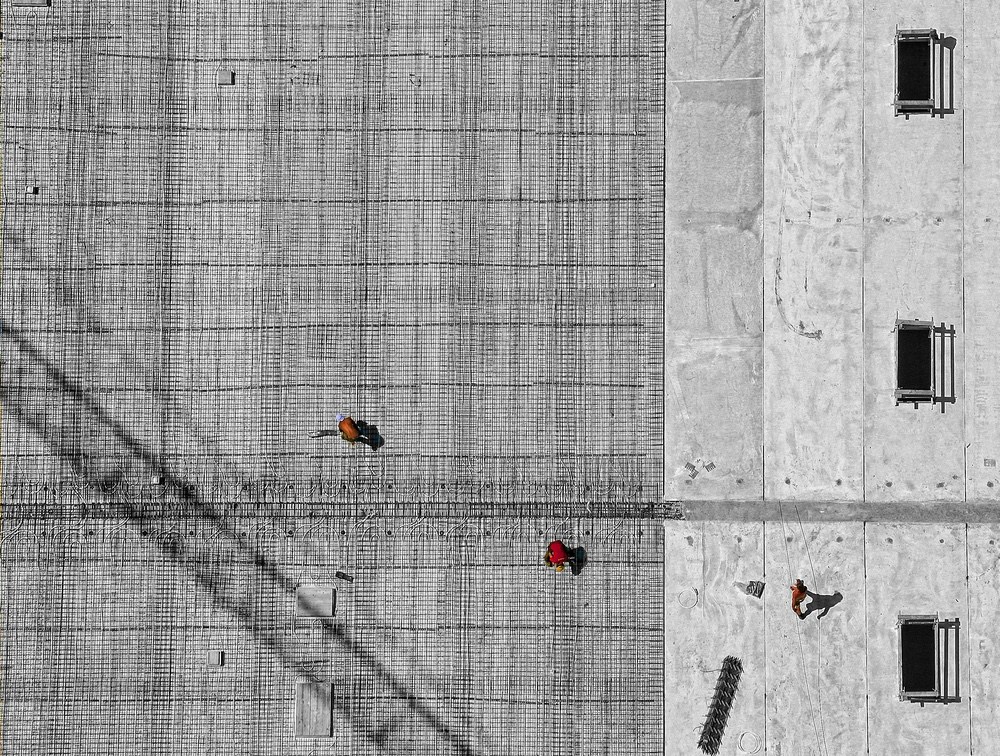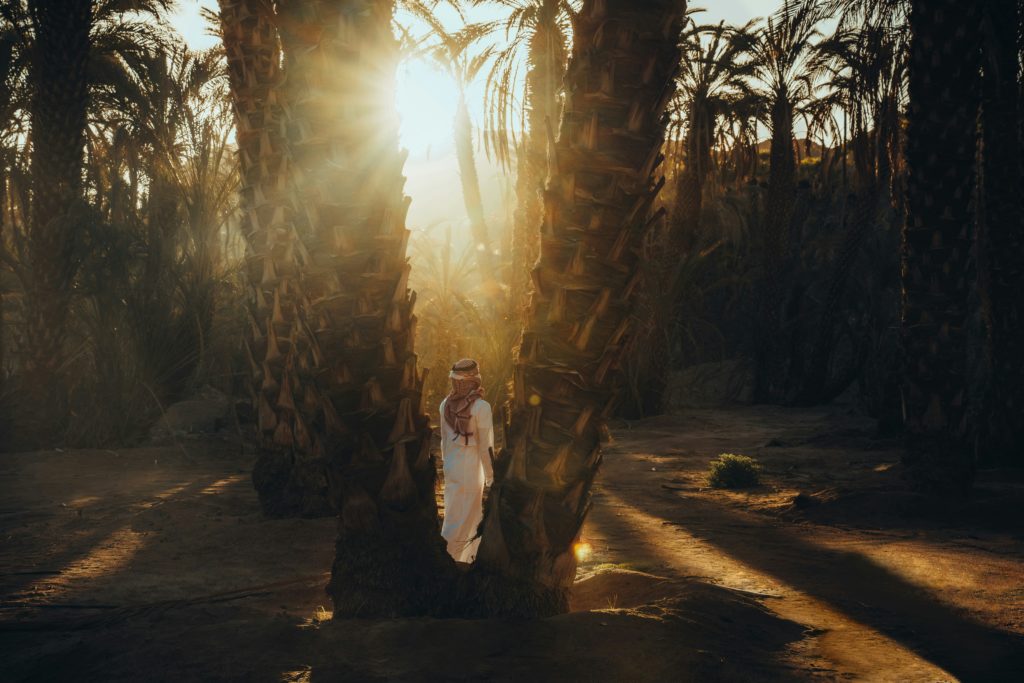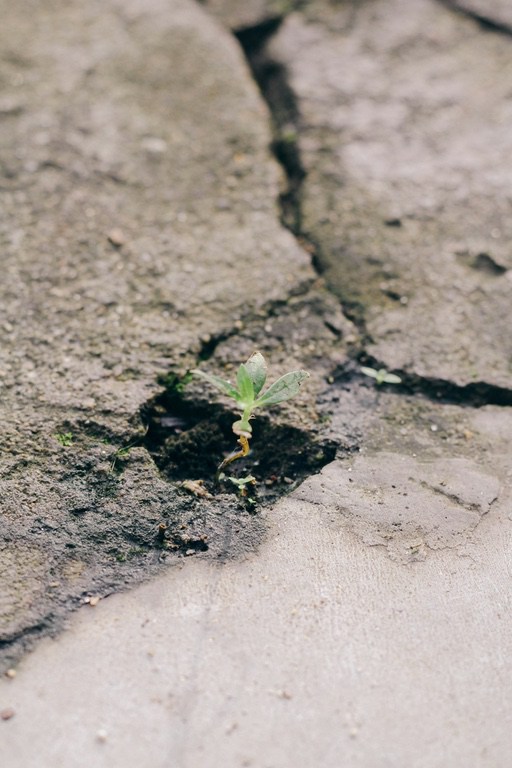As Saudi Arabia proudly celebrates its National Day, the nation remains dedicated in its commitment to realizing the ambitious goals outlined in 2030 Vision.
A significant part of this progress has been witnessed in the real estate, retail, and market sectors, which have undergone remarkable transformations over the years. These sectors, deeply intertwined with the nation’s rich history and cultural heritage, continue to evolve and adapt to the modern era.
While modernity and contemporary visions take center stage, the past remains ever-present, felt both spiritually and emotionally.
Traditional markets continue to hold a special place in the hearts of many, offering a glimpse into the country’s authentic culture and history. Some of these markets have left such a profound impact that entire towns and villages were named after them.
For instance, “Sabt Al-Alaia” was named after a large market held on Saturdays near the village, and “Al-Ahsa” refers to a weekly gathering of the Al-Masarha tribe on a specific day.
Historically, markets were categorized into daily and weekly markets, with the latter opening during specific seasons or events. Jeddah was one of the first cities to introduce air-conditioned and illuminated markets, such as Bab Makkah, a bustling commercial hub located in the Al-Balad district. This market, named after Bab Makkah Street, founded by Sharif Hussein bin Ali, has remained a popular destination for both locals and tourists.
Bab Makkah market is renowned for its strategic location in the heart of Al-Balad and its unique blend of past and present. It offers a wide range of products, including textiles, traditional robes, perfumes, accessories, shoes, and jewelry, as well as traditional restaurants and cafes.
Other famous historic markets, such as Ukaz, Majannah, and Dhi Majaz, played a significant role in the cultural and economic life of the Arabian Peninsula. These markets were not only places for trade but also centers for poetry, storytelling, and social gatherings.
The Qaisariya market in Al-Ahsa is another historical landmark dating back over six centuries. It was a major source of various goods, including swords, daggers, jewelry, herbs, and handmade clothing. During the reign of King Abdulaziz, the market was renovated and became an integral part of the Al-Ahsa Governorate.
Women also played a vital role in the economic development of Saudi Arabia through trade. Women’s markets, or “Souq al-Harim,” featured a wide range of products, including henna, textiles, perfumes, jewelry, and handmade crafts.
In the past, markets were characterized by small, local shops and face-to-face transactions. Over time, with advancements in technology and changing lifestyles, the retail landscape has evolved. Modern shopping malls, offering a wide range of stores, restaurants, and entertainment options, have become popular destinations.
The first major shopping mall in Saudi Arabia, Al-Joheer Mall, opened in 1400 AH and significantly impacted the retail sector. Since then, numerous malls have emerged across the kingdom, transforming the way people shop and socialize.
Today, consumers seek out shopping destinations that reflect their values and lifestyles. As a result, there is a growing trend toward sustainable and innovative shopping experiences.
While traditional markets continue to hold a special place in the hearts of many, modern shopping malls have become an essential part of Saudi Arabian life. These malls offer a more comprehensive shopping experience, combining retail, dining, and entertainment under one roof. With the ambitious goals of Vision 2030, Saudi Arabia has experienced a surge in the real estate sector, particularly in commercial real estate. This growth has created opportunities for businesses and individuals alike. The success of shopping malls in Saudi Arabia indicates a promising future for the retail industry, as developers continue to innovate and cater to the evolving needs of consumers.


